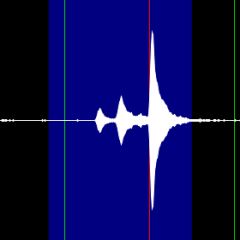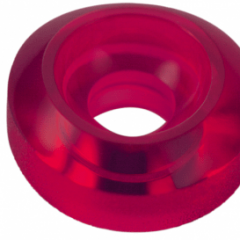Chinese Timegraphers
-
Similar Content
-
Recently Browsing
- No registered users viewing this page.
-
Topics
-
Posts
-
Yes, I was referring to the (jewelled) gear train with HP (most of the time, I use 1300, but when Rolex says 1000, I'll use 1000).
-
I suppose it would depend upon what your lubricating with those? for instance what does the manufacturer say about those lubricants? I have a PDF from the manufacture and a rather peculiar statement found on the bottom of the chart. my suspicion is the reason the recommending would be without epilam the HP oils like the spread except when they're in Ruby jewel's with steel pivots. tableEN lubrication 2020.pdf
-
These types of hairsprings become weak with age and very fragile. Which I expect it is that giving you trouble, and that wheel is not the correct one, if it were not bent I don't think the movement would run as the teeth are not the correct height. The problem you have is price which depends on you. It can be repaired but is it worth it to you, because there is little value in the clock. A wheel can be made and hairspring replaced. Or hang on to it and keep looking on ebay which is your best bet for replacement parts or even a complete movement but it will be like finding a needle in a haystack.











.thumb.jpg.cb17a66989f1e796fd4217db2e9ca9df.jpg)

Recommended Posts
Join the conversation
You can post now and register later. If you have an account, sign in now to post with your account.
Note: Your post will require moderator approval before it will be visible.